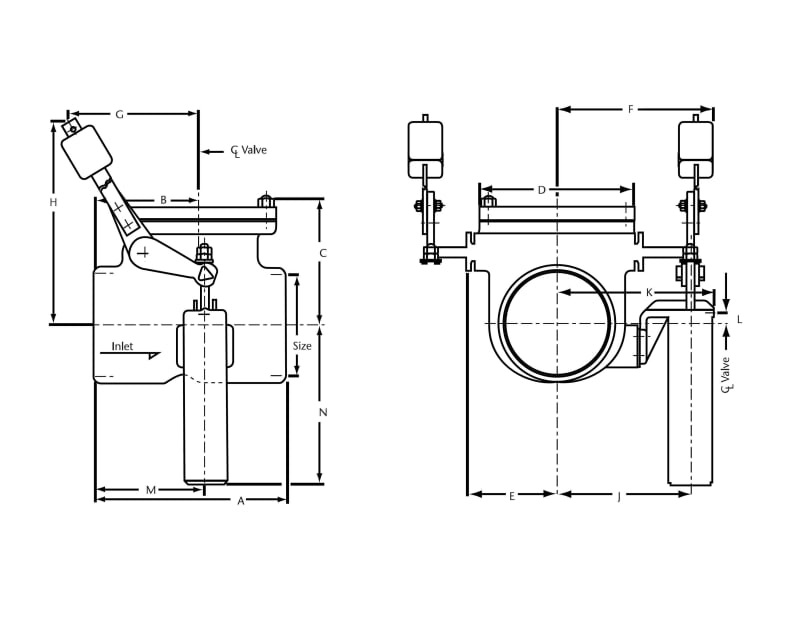Dear Experts,
We are facing chattering issue in our QCNRV. It's installed in steam turbine's CRH line. The fluid media is saturated Steam at 55 Ksc and 365 deg C Temprature. The size & other details are as below:
Size of Valve; 34"; 900 Class
Valve Type: Quick Closing NRV
Material : A217 WC6
Flow: 966 TPH
Pr. Drop: 0.2 Ksc
Velocity: 26 m/s
Fluid: Saturated Steam
Upstream Piping: 5 Mtrs straight pipe length
Downstream: 190 mmm & afterwards T is present.
These are two valves placed in parallel at 1800 mm apart and are connected to common header in downstream at 190 mm with Tee.
Please note that we are observing lot of chattering in these valves and due to this the NRV hinge is getting damaged regularly. Request you to share your views to counter this problem.
Best Regards
SK
We are facing chattering issue in our QCNRV. It's installed in steam turbine's CRH line. The fluid media is saturated Steam at 55 Ksc and 365 deg C Temprature. The size & other details are as below:
Size of Valve; 34"; 900 Class
Valve Type: Quick Closing NRV
Material : A217 WC6
Flow: 966 TPH
Pr. Drop: 0.2 Ksc
Velocity: 26 m/s
Fluid: Saturated Steam
Upstream Piping: 5 Mtrs straight pipe length
Downstream: 190 mmm & afterwards T is present.
These are two valves placed in parallel at 1800 mm apart and are connected to common header in downstream at 190 mm with Tee.
Please note that we are observing lot of chattering in these valves and due to this the NRV hinge is getting damaged regularly. Request you to share your views to counter this problem.
Best Regards
SK

